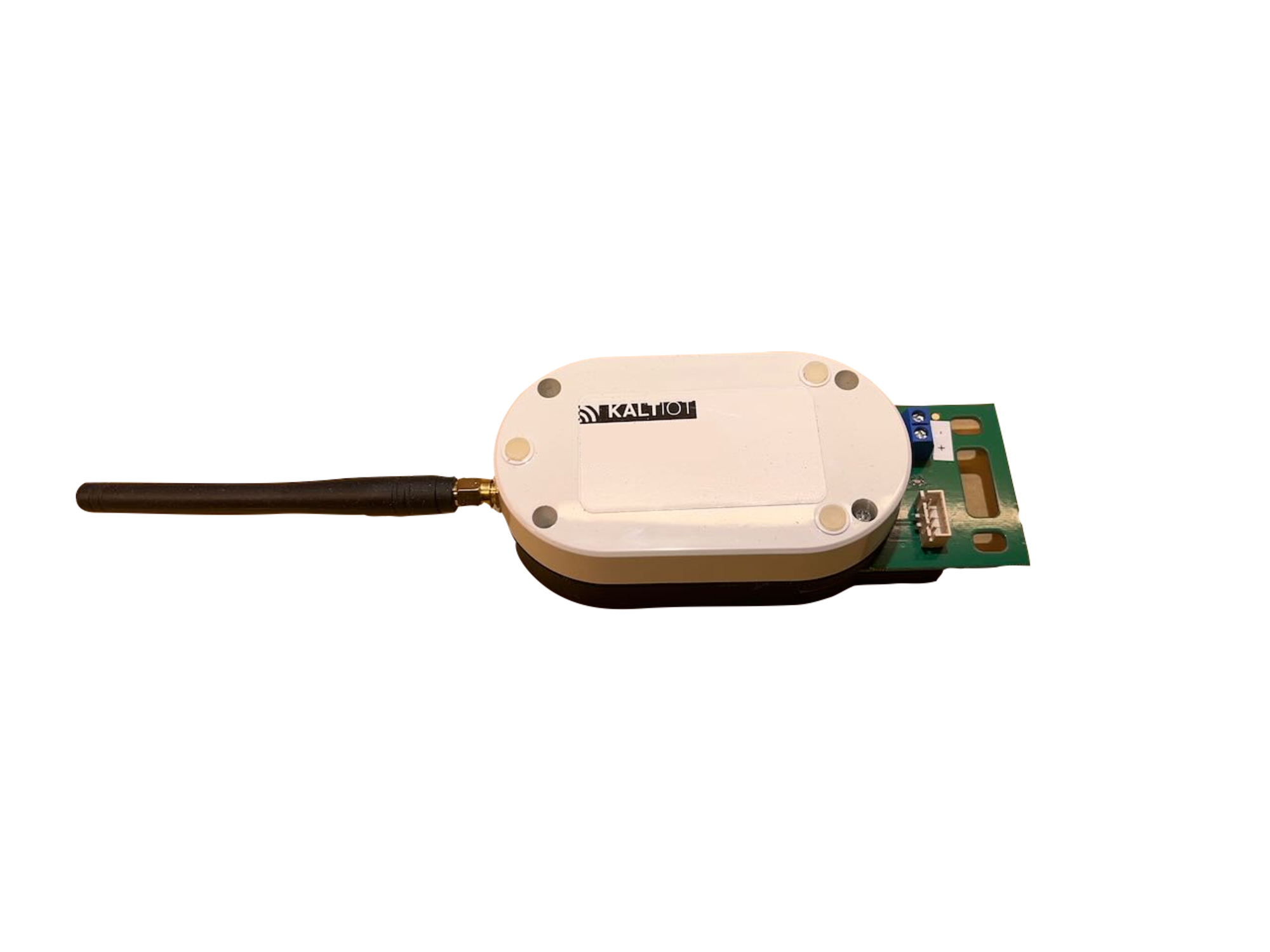Unlocking The Potential: SSH Access For IoT Devices
So listen up, folks, because we’re diving deep into something that’s not just a buzzword but a real game-changer in the tech world. SSH access for IoT devices is not just a phrase thrown around by tech enthusiasts; it’s a powerful tool that’s shaping the future of connectivity. Imagine being able to control your smart home devices from anywhere in the world with just a few commands. Sounds futuristic, right? But here’s the kicker—it’s already here, and it’s more accessible than you think. So buckle up, because we’re about to break it all down for you.
Now, before we dive headfirst into the nitty-gritty, let’s address the elephant in the room. If you’ve ever wondered how to secure your smart devices while still maintaining control over them, you’re in the right place. SSH access is like a digital fortress for your IoT devices, ensuring that only you—or people you trust—can interact with them. And trust me, in this era of cyber threats, that’s not just a nice-to-have; it’s a must-have.
But hold on, because this isn’t just about security. It’s also about convenience. Picture this: you’re on vacation in the Maldives, sipping on a piña colada, and suddenly you remember you left the thermostat on at home. With SSH access, you can log in, adjust the settings, and save yourself a hefty electricity bill. Cool, right? Let’s explore how this magic works and why it’s so important for your IoT setup.
- Ranya Dally Bio The Rising Star You Need To Know About
- Rebecca Soteros Wikipedia The Ultimate Guide To Her Life Career And Achievements
What Exactly is SSH Access?
Alright, let’s start with the basics. SSH, or Secure Shell, is like a secret handshake between your computer and your IoT device. It’s a protocol that allows you to remotely access and manage devices over a network securely. Unlike other methods that might leave your data vulnerable, SSH encrypts everything, making it super hard for hackers to intercept your commands or data. And when we’re talking about IoT devices, security is non-negotiable.
Now, here’s the thing: SSH isn’t just for tech wizards. Sure, it might sound intimidating at first, but with the right guidance, anyone can set it up. Think of it as a digital lock that only you have the key to. And in today’s world, where smart devices are everywhere, having that extra layer of protection is crucial. So, whether you’re managing a smart fridge, a security camera, or even a smart light bulb, SSH access can be your best friend.
Why SSH is Essential for IoT Devices
Let’s face it: IoT devices are awesome. They make our lives easier, more efficient, and, let’s be honest, a little bit cooler. But with great power comes great responsibility. Without proper security measures, these devices can become an easy target for hackers. That’s where SSH comes in. It’s like the bodyguard for your IoT devices, ensuring that no one unauthorized can mess with them.
- Notjulesarileaks The Untold Story Behind The Viral Sensation
- Adriana Gillett The Rising Star Whorsquos Capturing Hearts
Here’s the deal: most IoT devices are connected to the internet, which means they’re exposed to potential threats. Without SSH, anyone with a little tech know-how could potentially gain access to your devices and wreak havoc. But with SSH, you can rest easy knowing that your devices are protected by military-grade encryption. It’s not just about protecting your data; it’s about protecting your entire digital ecosystem.
Setting Up SSH Access for Your IoT Device
Now, let’s talk about the fun part: setting up SSH access. Don’t worry; it’s not as complicated as it sounds. First things first, you’ll need to ensure that your IoT device supports SSH. Most modern devices do, but it’s always a good idea to double-check. Once you’ve confirmed that, here’s what you need to do:
- Enable SSH on your device. This usually involves diving into the device’s settings and flipping a switch. Easy peasy.
- Install an SSH client on your computer. There are plenty of options out there, but something like PuTTY or OpenSSH works like a charm.
- Connect to your device using the IP address. This is where things get a little technical, but don’t panic. Your device’s manual should have all the info you need.
- Enter your login credentials. This is where security comes into play. Make sure you’re using a strong, unique password to keep the bad guys out.
And just like that, you’re in! You now have secure access to your IoT device from anywhere in the world. Pretty cool, huh?
Common Challenges with SSH Access
Of course, nothing in life is without its challenges, and SSH access is no exception. One of the biggest hurdles people face is configuring their network settings. Firewalls, routers, and other network devices can sometimes block SSH connections, so you might need to tweak a few settings to get everything working smoothly.
Another common issue is remembering all those login details. Let’s be real, we all have too many passwords to keep track of. But here’s a pro tip: use a password manager. It’ll save you a ton of headaches in the long run. And if you’re really feeling fancy, you can set up SSH keys for passwordless authentication. It’s a bit more advanced, but trust me, it’s worth it.
Best Practices for Secure SSH Access
Now that you’ve got SSH up and running, let’s talk about how to keep it secure. Here are a few best practices to keep in mind:
- Use strong, unique passwords. No, “password123” doesn’t count. Get creative and make it something that would take a hacker years to crack.
- Enable two-factor authentication (2FA). This adds an extra layer of security, making it even harder for unauthorized users to gain access.
- Regularly update your devices and software. Security patches are released for a reason—to fix vulnerabilities. Don’t neglect them!
- Limit access to only trusted users. Just because someone knows how to use SSH doesn’t mean they should have access to your devices.
Following these practices will help ensure that your SSH access remains as secure as possible. And remember, security is an ongoing process, not a one-time fix.
SSH Access and IoT Security: A Match Made in Heaven
So, why is SSH such a big deal in the world of IoT? Well, it’s simple: IoT devices are everywhere, and they’re only going to become more prevalent. From smart homes to industrial automation, IoT is revolutionizing the way we live and work. But with that comes the need for robust security measures, and SSH is one of the best tools for the job.
Think about it: your smart thermostat, your security camera, your smart fridge—all of these devices are connected to the internet. Without proper security, they’re sitting ducks for hackers. But with SSH, you can rest assured that your devices are protected. It’s like having a digital bouncer at the door, making sure only the right people get in.
Real-World Examples of SSH in Action
To give you a better idea of how SSH works in the real world, let’s look at a couple of examples. Say you’re a small business owner with a fleet of smart devices monitoring your inventory. With SSH access, you can remotely check stock levels, adjust settings, and even troubleshoot issues without ever having to step foot in the store. How’s that for convenience?
Or consider a homeowner with a smart security system. With SSH, they can log in from anywhere in the world to check cameras, arm or disarm the system, and even receive real-time alerts. It’s like having a personal security guard at your fingertips.
The Future of SSH and IoT
Looking ahead, the future of SSH and IoT is bright. As more and more devices become connected, the need for secure remote access will only increase. And SSH is perfectly positioned to meet that need. With advancements in encryption technology and the growing awareness of cybersecurity threats, SSH will continue to evolve and improve, ensuring that our devices remain safe and secure.
But it’s not just about security. As IoT devices become more sophisticated, SSH will play a crucial role in managing and maintaining them. Whether it’s updating firmware, troubleshooting issues, or simply keeping an eye on things, SSH will be the go-to tool for anyone working with IoT devices.
Trends Shaping the Future of SSH
Here are a few trends to watch out for:
- Quantum computing and its impact on encryption. As quantum computers become more powerful, traditional encryption methods may become obsolete. But don’t worry; researchers are already working on quantum-resistant algorithms to keep SSH secure.
- Artificial intelligence and machine learning. These technologies are being used to enhance security by detecting and responding to threats in real-time. SSH will likely integrate these technologies to provide even better protection.
- Edge computing. As more processing power moves to the edge of the network, SSH will play a key role in managing and securing these devices.
These trends will shape the future of SSH and ensure that it remains a vital tool for IoT security.
Conclusion: Take Control of Your IoT Devices
So there you have it, folks. SSH access for IoT devices is not just a cool tech feature; it’s a necessity in today’s connected world. Whether you’re a tech enthusiast or just someone who wants to keep their smart home secure, SSH is a powerful tool that can help you achieve that.
Remember, security is an ongoing process. Don’t just set it and forget it. Regularly update your devices, use strong passwords, and follow best practices to keep your devices safe. And if you ever need help, there’s a whole community of tech-savvy folks out there ready to lend a hand.
So what are you waiting for? Dive in, explore, and take control of your IoT devices. And don’t forget to share this article with your friends and family. The more people know about SSH, the safer we all are. Stay secure, stay connected, and keep innovating!
Table of Contents
- What Exactly is SSH Access?
- Why SSH is Essential for IoT Devices
- Setting Up SSH Access for Your IoT Device
- Common Challenges with SSH Access
- Best Practices for Secure SSH Access
- SSH Access and IoT Security: A Match Made in Heaven
- Real-World Examples of SSH in Action
- The Future of SSH and IoT
- Trends Shaping the Future of SSH
- Conclusion: Take Control of Your IoT Devices



Detail Author:
- Name : Jaycee Mills
- Username : noemy.douglas
- Email : glennie61@yahoo.com
- Birthdate : 1976-05-03
- Address : 6567 Miller Trafficway Luciennemouth, SC 36444
- Phone : +19896683892
- Company : Douglas, Turcotte and Torp
- Job : Plumber
- Bio : Alias atque hic animi aut. Tempore ut recusandae enim rerum animi. Dolor quia et qui nihil et voluptatem. Necessitatibus facere excepturi omnis fuga facere dolorem.
Socials
twitter:
- url : https://twitter.com/heavenmorar
- username : heavenmorar
- bio : Consequatur doloremque recusandae cumque eos. Iure quas tenetur non libero assumenda eveniet.
- followers : 3786
- following : 2261
tiktok:
- url : https://tiktok.com/@morarh
- username : morarh
- bio : Ut repudiandae nihil quo. Libero voluptatum dicta tempore impedit.
- followers : 1789
- following : 2435
instagram:
- url : https://instagram.com/morar2002
- username : morar2002
- bio : Quis excepturi quis perferendis porro nihil. Nesciunt et est repellendus consequatur.
- followers : 3602
- following : 2883
